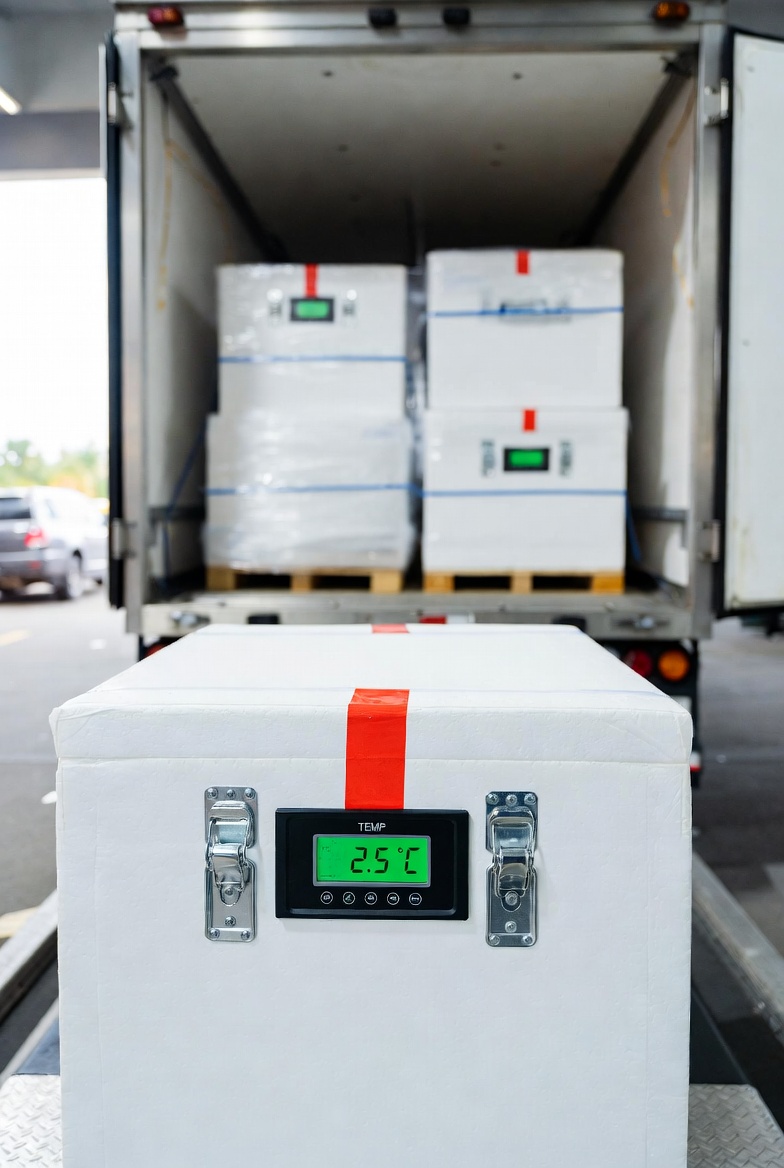Failure Modes, Effects, and Criticality Analysis (FMECA) is an extension of Failure Modes and Effects Analysis (FMEA) that includes criticality assessment. Here are some key benefits of using FMECA:
1. Risk Identification and Mitigation
- Systematic Risk Identification: FMECA helps in identifying potential failure modes within a system, component, or process, assessing their effects, and determining their criticality. This systematic approach ensures that all possible risks are considered.
- Prioritization of Issues: By evaluating the criticality of each failure mode, FMECA allows organizations to prioritize the most significant risks. This helps in allocating resources effectively to address the most critical issues first.
2. Improved System Reliability and Safety
- Enhanced Reliability: By identifying and addressing potential failures early in the design or operational phase, FMECA contributes to the overall reliability of the system.
- Increased Safety: FMECA focuses on understanding the impact of failures on safety, helping to implement measures that prevent catastrophic outcomes, thereby ensuring the safety of operators, users, and the environment.
3. Cost Efficiency
- Prevention of Costly Failures: By identifying potential failure modes and addressing them early, FMECA helps in preventing failures that could lead to costly downtime, repairs, or replacements.
- Optimized Maintenance: FMECA aids in developing effective maintenance strategies by identifying which components are critical and may require more frequent monitoring or preventive maintenance.
4. Design and Process Improvement
- Guides Design Improvements: FMECA provides insights that can be used to improve the design of products or systems, making them more robust and less prone to failure.
- Process Optimization: In manufacturing and production, FMECA can be used to identify weak points in processes and improve them, leading to better quality control and fewer defects.
5. Compliance with Standards and Regulations
- Meeting Industry Standards: Many industries require FMECA as part of their standard practices to ensure product safety and reliability. Conducting FMECA helps organizations comply with these standards and regulations.
- Documentation for Certification: FMECA provides documented evidence of risk assessment and mitigation efforts, which is often required for certifications and regulatory approvals.
6. Cross-Functional Collaboration
- Promotes Team Collaboration: FMECA typically involves cross-functional teams, including design, engineering, manufacturing, and quality assurance. This collaboration ensures a comprehensive understanding of potential failures and fosters a culture of continuous improvement.
7. Customer Satisfaction
- Improved Product Quality: By addressing potential failures, FMECA contributes to higher product quality, leading to increased customer satisfaction and brand reputation.
- Reduced Warranty Claims: A reliable product is less likely to experience failures in the field, resulting in fewer warranty claims and better customer relationships.
8. Continuous Improvement
- Feedback for Ongoing Improvement: The insights gained from FMECA can be used to continuously improve products, systems, and processes, driving long-term success and innovation.
These benefits make FMECA a valuable tool in various industries, particularly those where safety, reliability, and quality are critical.




